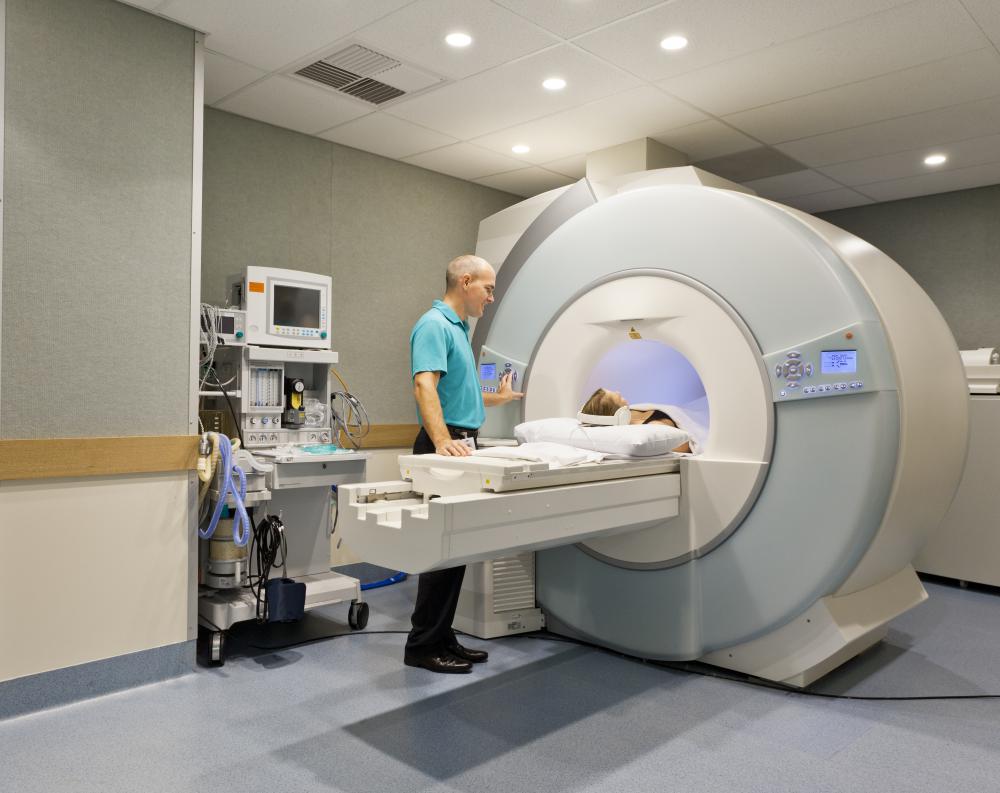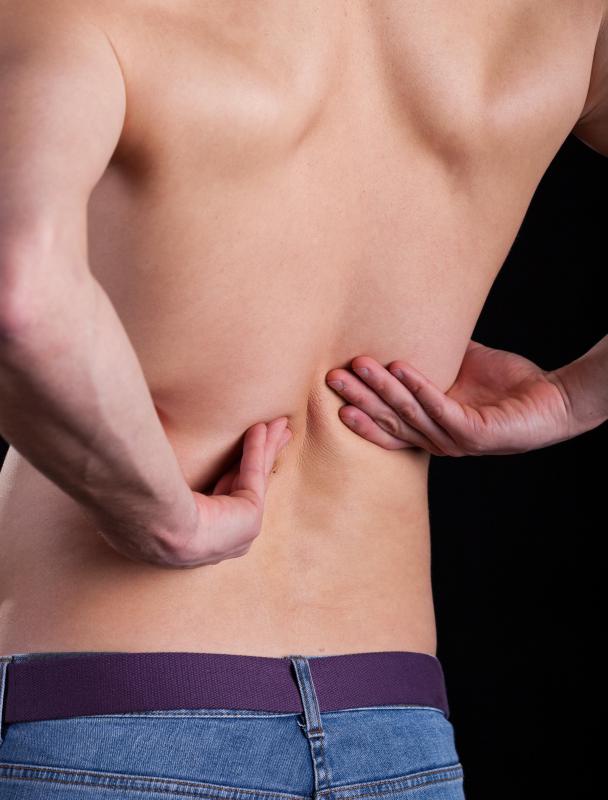At TheHealthBoard, we're committed to delivering accurate, trustworthy information. Our expert-authored content is rigorously fact-checked and sourced from credible authorities. Discover how we uphold the highest standards in providing you with reliable knowledge.
What are the Nerves in the Neck?
Nerves in the neck, medically referred to as the cervical spine, help transmit information along the pathways of the central and peripheral nervous system, including sensory and motor skills processes. The cervical spine consists of eight different sets of nerves. Some of these nerves include the greater and lesser occipital nerves, supraclavicular nerve and the phrenic nerve.
Nerve groupings within the cervical spine are named after coordinating cervical discs. These discs are represented by the letter “C” and the number corresponding to the location of the disc amongst the other vertebrae making up the cervical spine, beginning with C1 at the top and working down to C8. Nerves in the neck control various functions of the human body.

Cervical nerves C1 and C2 are responsible for the movement of the head. Commonly referred to as the suboccipital nerve, C1 also links to other nerves running through the neck, such as the vagus nerve and hypoglossal nerve. Nerves C1 and C2 belong to the cervical plexus, along with C3 and C4.
The C3, C4 and C5 cervical nerves are located directly below C1 and C2. These nerves in the neck form the phrenic nerve, which helps control the diaphragm and regulate breathing. Injury to the phrenic nerve can result in problems breathing and even death.

Together, nerves C1-C4 work to complete the functions of the cervical plexus. This group of nerves allows for movements such as flexing the neck and swallowing. The greater auricular nerve, lesser occipital nerve, and the supravlavicular nerve also contribute to the functioning of the cervical plexus.
Cervical nerve C5 represents the beginning of the brachial plexus. This grouping of nerves handles various responsibilities, including controlling upper body muscles. Nerves C5-C8 and the first thoracic nerve, T1, are included in the brachial plexus. Some of the muscle groups the brachial plexus controls include the deltoids, biceps and pectoral muscles.

Specifically, nerve C5 controls the deltoids and biceps. Nerve C6 controls movement in the wrists and C7 controls the triceps. Cervical nerve C8 works to control the hands. These functions are assisted through the branching of nerves from the brachial plexus to the regions they control. Nerves which branch off the brachial plexus include the radial, median and ulnar nerves responsible for relaying movements and sensations to and from the arm, forearm and hand.

Together, the nerves in the neck work to control movements of the upper body and upper extremities. Other nerves located in the neck include the dorsal scapular and the axillary nerve. The dorsal scapular nerve helps control the rhomboid muscles, while the axillary nerve provides motor and sensory control of the shoulder and upper arm areas.
AS FEATURED ON:
AS FEATURED ON:

















Discuss this Article
Post your comments